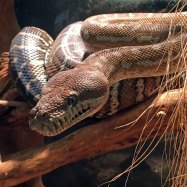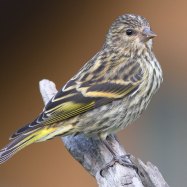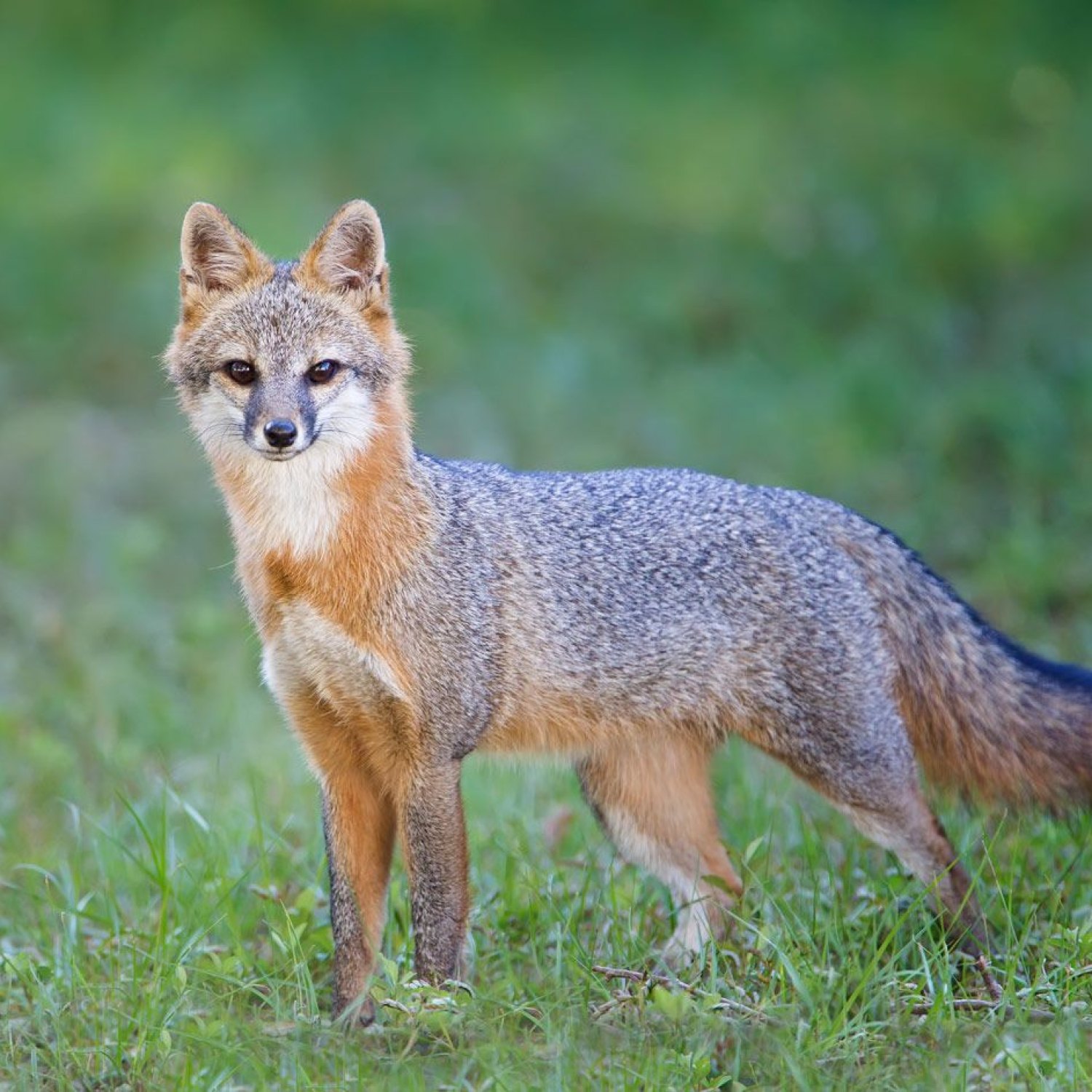
Gray Fox
27.5 to 44 inches
The gray fox is a small to medium-sized canid found in North and Central America. With a length of 27.5 to 44 inches, this elusive creature is known for its adaptable nature and cunning behavior. Despite its name, it can come in a range of colors from red to black. Keep an eye out for this sleek and intelligent animal on your next outdoor adventure. #grayfox #canidae #naturelovers
Animal Details Summary:
Common Name: Gray Fox
Kingdom: Animalia
Habitat: Woodlands, forests, desert scrub, and urban areas
The Secretive and Adaptive Gray Fox: A Must-Discover Animal of North and Central America
Have you ever heard of the magical and elusive gray fox? This small to medium-sized animal is known for its stunning coloration, adaptive nature, and incredible survival skills. We're here to unravel everything you need to know about this unique creature, from its scientific classification to its behavior and habitat. So, let's dive in and discover the wonders of the gray fox together.Introducing the Gray Fox
The gray fox, scientific name Urocyon cinereoargenteus, is a carnivorous mammal that belongs to the order Carnivora, which also includes wolves, cats, and bears Gray Fox. They are one of the few species in the canidae family that can climb trees and walk on their hind legs. This exceptional ability enables them to find food and escape predators, making them one of the most adaptable animals in their habitat.Where Can You Find the Gray Fox?
The gray fox has a widespread geographical distribution and can be found in North and Central America. They are commonly found in the United States and Mexico, making them one of the most well-known animals in these areas. In North America, they can be spotted in various habitats, including woodlands, forests, desert scrub, and even urban areas. This adaptability to different environments is one of the major reasons for their success and survival.The Physical Appearance of the Gray Fox
The gray fox is a small to medium-sized animal, with a body length ranging from 27.5 to 44 inches and a weight of 7 to 13 pounds. Their body is covered with thick, gray and reddish-brown fur, which allows them to blend in with their surroundings and remain elusive Great Potoo Bird. This fur also helps them to keep warm during colder temperatures, as they do not hibernate like some of their fellow canidae family members.A Versatile Feeding Method
Unlike other canids, the gray fox is an omnivore, which means they feed on both plant and animal matter. They have a varied diet that includes small mammals like rodents and rabbits, insects, fruits, nuts, and even carrion. This flexibility in their feeding habits is another contributing factor to their survival in different environments.The Secretive Behavior of the Gray Fox
One of the most intriguing and mysterious aspects of the gray fox is its secretive behavior. They are known to be elusive creatures that are rarely seen, and they have a range of adaptive behaviors to avoid detection from predators. They are primarily nocturnal but can also be active during the day, depending on the availability of food.Gray foxes are known to be solitary animals, only coming together during the breeding season. They have a complex communication system, which includes vocalizations, scent marking, and body language. They are also known to be remarkably intelligent animals, and their cunning behavior has earned them the nickname "phantom of the forest."
The Social Structure of Gray Foxes
As mentioned earlier, gray foxes are solitary animals, but they do have a social structure within their species. They have a mated pair system, where a male and female will form a partnership for life, and together they will care for their offspring. These pairs are usually monogamous, and the female is the dominant member of the pair.The Reproduction Process of Gray Foxes
The breeding season for gray foxes typically occurs in January and February, with a gestation period of about 50 to 55 days. The female will give birth to a litter of 1 to 7 pups, which will stay in the den for the first month of their lives. After that, they will begin to explore and learn survival skills from their parents.The Conservation Status of Gray Foxes
The gray fox is currently listed as least concern on the IUCN Red List, which means they are not facing any immediate threats to their survival. However, they are still vulnerable to habitat loss, collisions with vehicles, and hunting in some areas. It is essential to continue monitoring their population and conservation efforts to ensure their long-term survival.The Gray Fox in Folklore and Culture
Gray foxes have been an essential part of Native American folklore, and they have been associated with various spiritual and cultural beliefs. Some Native American tribes revered the gray fox as a messenger from the spirit world, while others saw it as a symbol of cunningness and versatility. Today, they are also a popular animal in children's literature and cartoons, making them a beloved figure in modern culture as well.In Conclusion
The gray fox is a fascinating and enigmatic creature, with its unique adaptations and behavior. They have been able to thrive in various environments, which allows them to continue to fascinate and surprise us. Their elusive nature only adds to their mystique, making them a must-discover animal for anyone interested in the wonderful world of wildlife. As with any wild animal, it is essential to admire them from a distance and do our part in ensuring their continued survival in their natural habitats. So, let's continue to appreciate and protect the wonderful gray fox for generations to come.

Gray Fox
Animal Details Gray Fox - Scientific Name: Urocyon cinereoargenteus
- Category: Animals G
- Scientific Name: Urocyon cinereoargenteus
- Common Name: Gray Fox
- Kingdom: Animalia
- Phylum: Chordata
- Class: Mammalia
- Order: Carnivora
- Family: Canidae
- Habitat: Woodlands, forests, desert scrub, and urban areas
- Feeding Method: Omnivorous
- Geographical Distribution: North and Central America
- Country of Origin: United States, Mexico
- Location: North and Central America
- Animal Coloration: Gray and reddish-brown fur
- Body Shape: Small to medium-sized
- Length: 27.5 to 44 inches
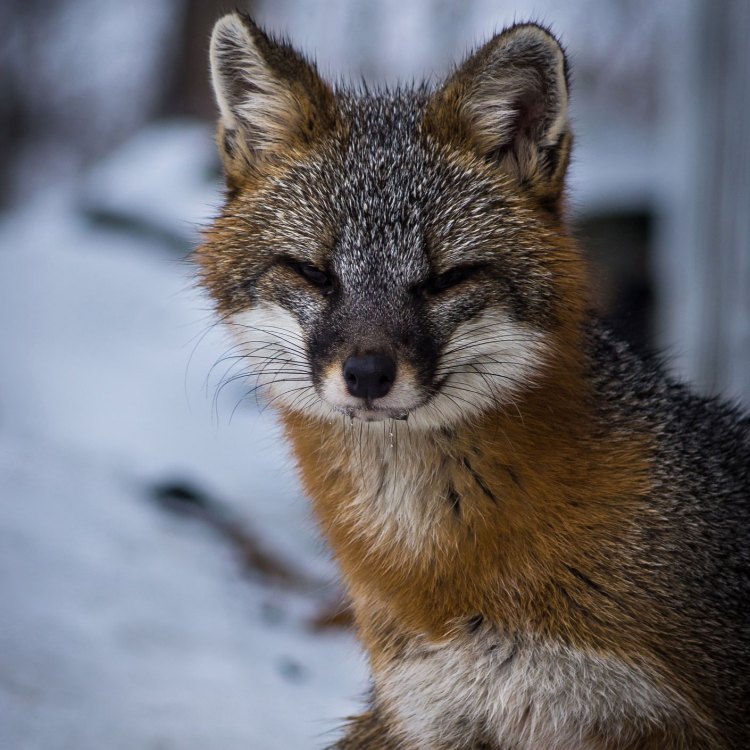
Gray Fox
- Adult Size: 7 to 13 pounds
- Average Lifespan: 3 to 6 years in the wild, up to 15 years in captivity
- Reproduction: Sexual
- Reproductive Behavior: Monogamous mating pairs
- Sound or Call: Barking, howling, and screaming
- Migration Pattern: Non-migratory
- Social Groups: Solitary or small family groups
- Behavior: Nocturnal and crepuscular
- Threats: Habitat loss, hunting, and trapping
- Conservation Status: Least Concern
- Impact on Ecosystem: Seed dispersal, prey control
- Human Use: Fur trapping, sport hunting
- Distinctive Features: Bushy tail with black tip, grizzled gray and reddish-brown fur
- Interesting Facts: Gray foxes can climb trees, the only member of the Canidae family that can do so
- Predator: Coyotes, bobcats, and larger predators
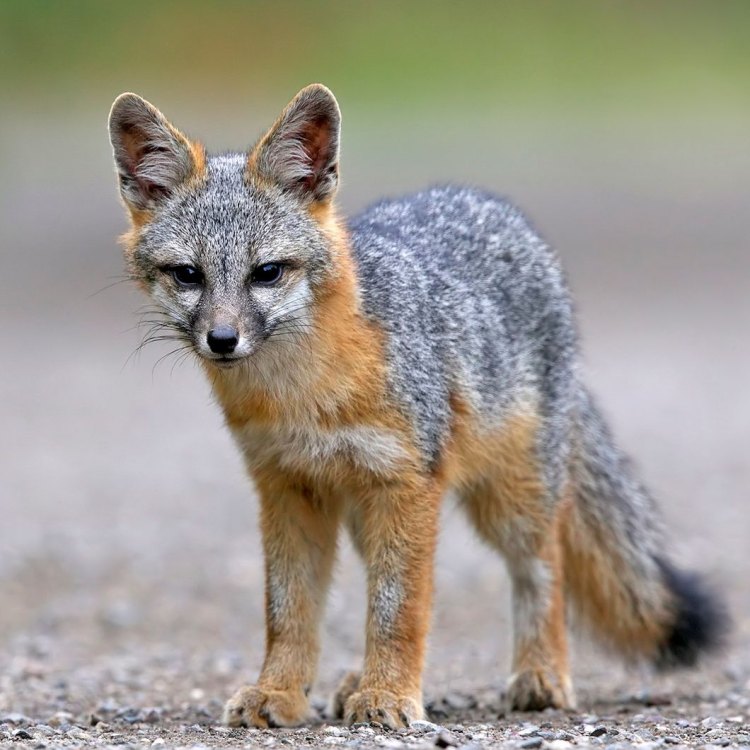
Urocyon cinereoargenteus
The Versatile and Resilient Gray Fox: A Closer Look at Nature's Climbing Canine
The animal kingdom is filled with fascinating creatures, each with their own unique features and behaviors. Among these is the gray fox (Urocyon cinereoargenteus), a charismatic species that can be found throughout the Americas. It is one of the most adaptable canines, thriving in various habitats and exhibiting a wide range of behaviors. In this article, we will delve deeper into the world of the gray fox, learning about its physical characteristics, behavior, ecological role, and its interactions with humans PeaceOfAnimals.Com.A Look at the Gray Fox's Physical Attributes
The gray fox's name may lead you to believe that it is a completely gray-colored animal, but that is not entirely true. Its fur ranges from grizzled gray to reddish-brown, with black spots and stripes, giving it a distinct and attractive appearance. However, what truly sets the gray fox apart is its iconic bushy tail with a black tip, which makes up one-third of its total body length. This unique feature is not just for aesthetics; the fox uses its tail to communicate with other members of its species and to balance while climbing trees.Speaking of climbing trees, the gray fox is the only member of the Canidae family that can do so. Its semi-retractable claws and flexible joints allow it to navigate the branches with ease, making it an incredibly agile and versatile predator. This adaptation also provides the fox with a safe escape from larger predators such as coyotes, bobcats, and even larger birds of prey.
The Gray Fox's behavior and Social Structure
The gray fox is primarily a solitary and territorial animal. However, during the breeding season, they pair up with a mate and form monogamous relationships that last throughout their lives Golden Jackal. These pairs share a home range, which can vary in size depending on the habitat, but can reach up to 2 square miles.As for their daily routine, gray foxes are mainly nocturnal and crepuscular, meaning they are most active at night and during dawn and dusk. This behavior helps them avoid the scorching heat of the day and potential competition from diurnal predators. This also allows them to hunt their primary prey, small mammals and birds, more efficiently.
Interestingly, despite being solitary animals, gray foxes have developed a unique form of communication, particularly through their vocalizations. Barking, howling, and screaming are common sounds produced by these canines to communicate with one another. They also use scent marking to assert their territory and claim their rightful place in their habitat.
The Threats and Conservation Efforts of the Gray Fox
In the past, the fur of the gray fox was highly sought after for the fur trade, resulting in a significant decline in their population. However, thanks to conservation efforts and the implementation of strict regulations, the species has made a comeback, and its current conservation status is listed as "Least Concern" on the IUCN Red List.Despite this positive change, gray foxes still face several threats, mainly habitat loss, hunting, and trapping. As human populations expand and encroach upon natural habitats, the gray fox's numbers continue to decline. Additionally, they are often seen as pests by farmers due to their habit of raiding chicken coops, leading to legal trapping and removal of foxes. However, these methods of control can be detrimental to the species' overall population, as it can disrupt the delicate balance of the ecosystem.
The Gray Fox's Role in Ecosystems and Its Impact on Humans
The gray fox plays a crucial role in maintaining ecosystem balance. As predators, they control the population of small mammals and birds, preventing them from overpopulating and causing damage to vegetation. This, in turn, allows for a stable food chain and a healthy ecosystem.Another significant contribution of the gray fox is its role in seed dispersal. As they move through their habitat, they eat fruits and berries and disperse their seeds through their feces. This helps in the growth and regeneration of various plant species, making the gray fox an essential player in maintaining biodiversity.
As for the impact on humans, gray foxes have a complex relationship with us. Historically, their fur was highly valued, leading to the decimation of their populations. Today, their fur is still used for fashion purposes, but strict regulations and awareness of the species' importance have led to a decline in their hunting. On the other hand, the gray fox is also seen as a nuisance by some due to their occasional raids on chicken coops and digging in gardens. However, it is essential to note that this behavior is a result of habitat loss and the fox's need to adapt and survive in a changing environment.
In Conclusion
In conclusion, the gray fox is a remarkable and resilient species that has adapted to a wide range of habitats and survived the changing times. Its unique physical attributes, behavior, and ecological role make it a fascinating creature to study and admire. Though it still faces threats and conflicts with human activities, efforts towards conservation and understanding the importance of its role in ecosystems can help ensure the survival of this versatile and charismatic climber.
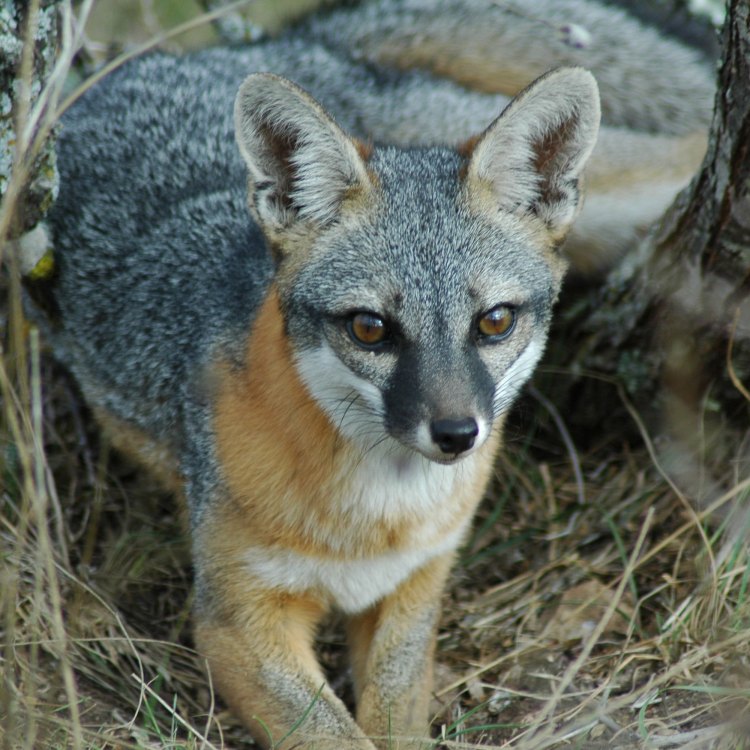
The Secretive and Adaptive Gray Fox: A Must-Discover Animal of North and Central America
Disclaimer: The content provided is for informational purposes only. We cannot guarantee the accuracy of the information on this page 100%. All information provided here may change without prior notice.




